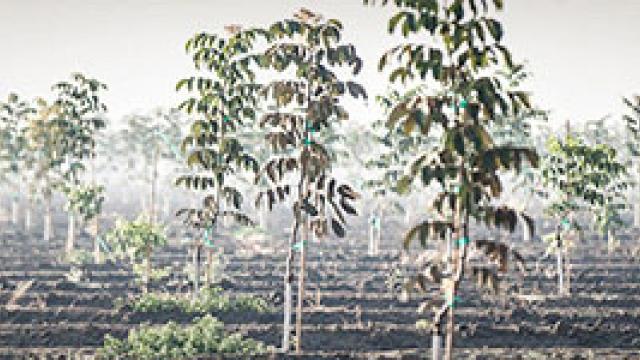What is Methane?
Methane is a naturally occurring, colorless and odorless gas produced by the decay or digestion of organic material, such as plants. Its chemical formula is CH4 (one atom of carbon and four atoms of hydrogen). One of methane's important properties is that it produces more heat and light – while burning cleaner – than other hydrocarbon, or fossil, fuels such as coal and gasoline refined from oil.
Most people think of methane as being extracted as natural gas from underground deposits, but there are many other naturally occurring and human-related sources, including wetlands, permafrost, oceans and other bodies of fresh water, wildfires, and the digestive processes of some insects and animals, as well as agriculture and waste management activities.
As a safety measure, SoCalGas® odorizes* the natural gas in its pipeline system to allow for rapid detection in the event of a leak. Methane is the main component of natural gas.
What SoCalGas is doing to reduce methane emissions
SoCalGas has a long-standing commitment to modernizing its system infrastructure to increase safety and reliability and reduce methane emissions. As a result, SoCalGas' natural gas system has one of the lowest methane emission rates in the country, despite it being the largest in the country – a system that includes more than 100,000 miles of pipeline, spans 20,000 square miles and serves 21 million consumers.
Learn More
What to do if you suspect a natural gas leak
If you smell the natural gas odor*, hear a hissing sound of gas escaping or see other signs of a leak, REMAIN calm. DON'T smoke or light a match, candle or other flame. DON'T turn electrical appliances or lights on or off, operate machinery or use any device that could create a spark. Be aware that gas leaking from a plastic pipe can create static electricity which can ignite the natural gas. IMMEDIATELY EVACUATE the area, and from a safe location, call SoCalGas at 1-800-427-2200, or call 911 if the damage results in a natural gas leak that may endanger life or cause bodily harm or property damage.

